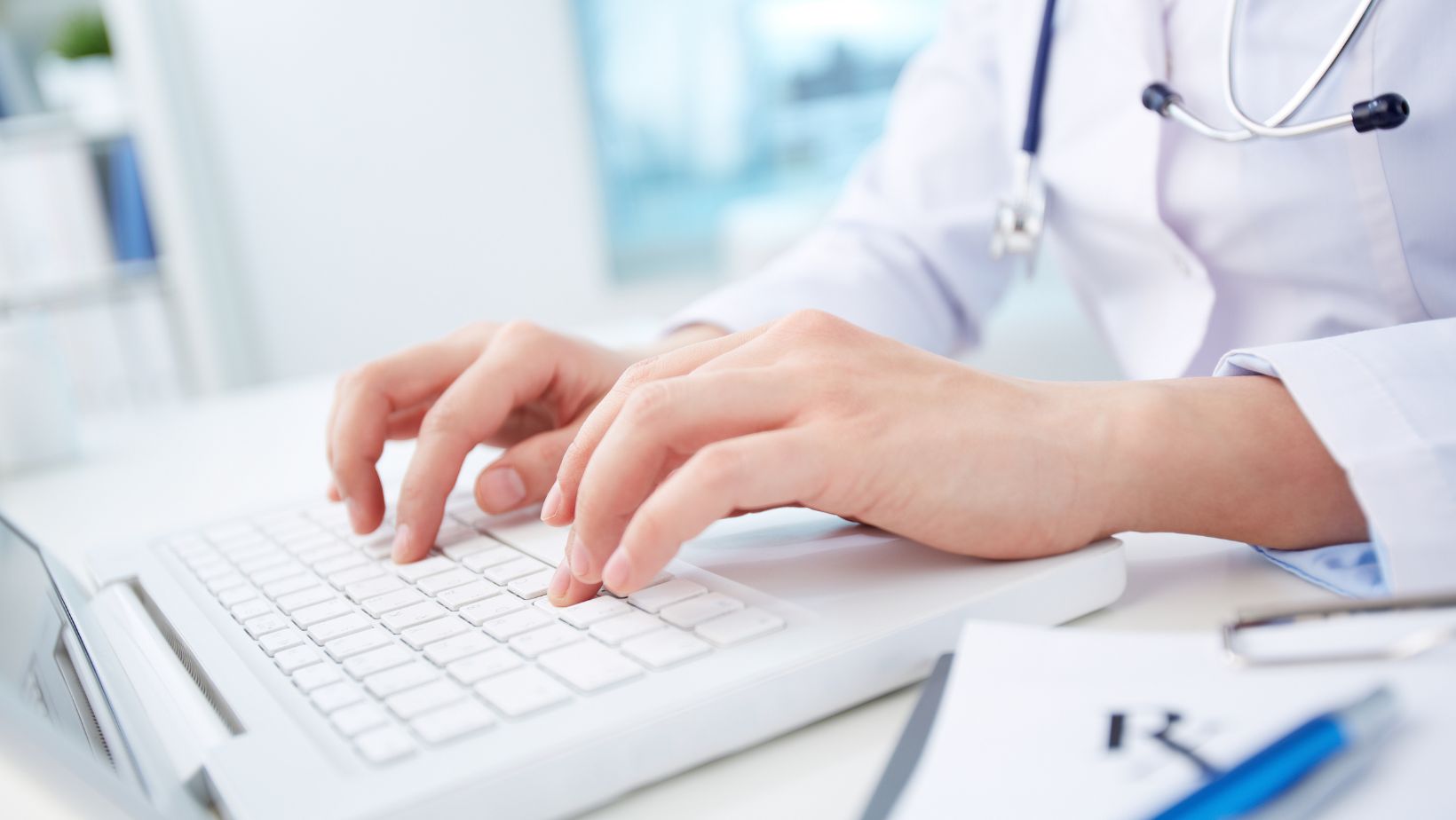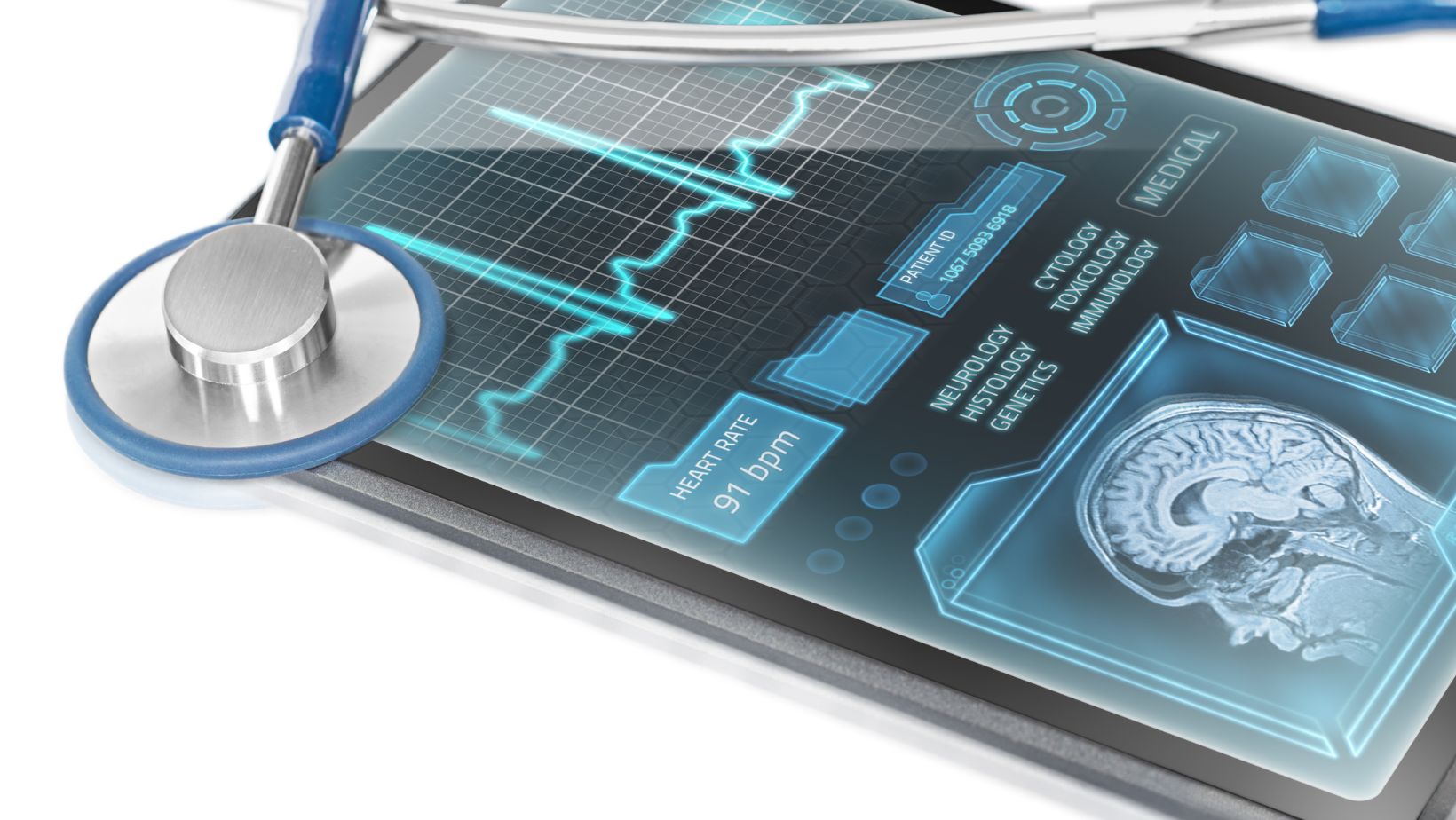Remote patient monitoring (RPM) is revolutionizing the healthcare industry by bridging the gap between patients and providers. With advancements in technology, RPM enables real-time tracking of patients’ health data from the comfort of their homes, ensuring timely interventions and reducing hospital visits. This innovative approach not only enhances patient care but also alleviates the burden on healthcare systems.
As healthcare providers strive to deliver personalized care, RPM offers a seamless solution. By leveraging wearable devices and mobile health apps, healthcare professionals can monitor vital signs, track chronic conditions, and even predict potential health issues before they escalate. This proactive approach not only improves patient outcomes but also empowers individuals to take control of their health.
In a world where efficiency and accessibility are paramount, RPM stands out as a critical tool. It’s transforming the traditional healthcare model, making it more responsive and patient-centered, ultimately streamlining processes and fostering a healthier society.
Understanding Remote Patient Monitoring
Remote patient monitoring (RPM) involves using technology to collect and analyze health data from patients outside traditional healthcare settings. By employing devices such as blood pressure monitors, glucose meters, and wearables, RPM enables continuous health monitoring. This data is transmitted to healthcare providers using RPM software, offering insights into patients’ health status. Integrating RPM software ensures seamless data collection, improving clinical decision-making and fostering proactive healthcare management. Through tailored alerts and communication channels, RPM reduces the need for in-person appointments, optimizing resource allocation in healthcare.
Benefits of Remote Patient Monitoring
Remote patient monitoring (RPM) offers multiple advantages in the healthcare sector, significantly enhancing patient care and operational efficiency. RPM software plays a key role in these improvements.
Improved Patient Outcomes
RPM supports better patient outcomes by allowing continuous health monitoring. Devices like wearables and glucose meters provide real-time data on patients’ health, enabling prompt interventions if anomalies appear. Such proactive management reduces hospitalization rates and improves chronic disease control.
Cost Efficiency
RPM leads to cost efficiency by reducing unnecessary hospital visits. Remote data collection decreases the frequency of in-person consultations, thus lowering travel expenses for patients and administrative costs for healthcare providers. RPM software further increases resource optimization by streamlining communication between patients and providers.
Enhanced Accessibility
RPM enhances healthcare accessibility, particularly for individuals in remote or underserved regions.

Patients can receive continuous care without frequent travel, which improves engagement and adherence to treatment plans. RPM software facilitates this accessibility by securely transmitting health data, ensuring timely medical responses.
Technology Behind Remote Patient Monitoring
Remote patient monitoring relies on advanced technology to facilitate effective healthcare delivery. It uses interconnected devices, secure data transmission, and robust RPM software.
Devices and Wearables
Devices like blood pressure monitors and glucose meters collect vital data. Wearable technology, such as fitness trackers, captures continuous health information. These devices provide real-time insights, aiding healthcare professionals in proactive patient care. By using Bluetooth and Wi-Fi, they ensure seamless data transfer to central RPM systems.
Data Security and Privacy
Data security and privacy are crucial in remote patient monitoring. Encryption and secure RPM software protect health information during transmission. Implementing stringent data privacy measures ensures compliance with regulations like HIPAA, safeguarding patient trust and maintaining confidentiality.
Applications in Healthcare
Remote patient monitoring (RPM) facilitates enhanced healthcare across multiple applications by leveraging modern technology and data.
Chronic Disease Management
RPM proves highly effective in managing chronic diseases such as diabetes and hypertension. Through continuous monitoring with tools like glucose meters and blood pressure devices, healthcare professionals can track patient health in real time. RPM software processes this data, enabling timely interventions to prevent complications. This system allows clinicians to adjust treatments based on accurate readings, improving patient outcomes and reducing the frequency of in-person visits.
Post-Operative Care
Optimizing post-operative care becomes more manageable with RPM. It enables patients to recuperate at home while healthcare providers remotely observe recovery progress. Devices capture vital signs and wound status, transmitting data through RPM software to highlight potential issues early. This approach reduces hospital readmissions and enhances patient comfort by minimizing the stress associated with frequent hospital trips during recovery.
Telehealth Integration
RPM seamlessly integrates with telehealth services, creating a comprehensive virtual care experience. Through RPM software, real-time health data complements video consultations, offering healthcare providers a full picture of a patient’s condition.

This integration supports more informed clinical decision-making and personalized care plans. Telehealth combined with RPM expands access to medical services, particularly benefiting populations in remote areas who might otherwise face healthcare access barriers.
Challenges and Considerations
Remote patient monitoring (RPM) transforms healthcare, yet faces significant challenges. Addressing these issues ensures effective implementation.
Technological Barriers
Implementing RPM depends heavily on technology, posing several challenges. First, interoperability issues arise when integrating diverse RPM software and devices with existing healthcare systems. Ensuring seamless data exchange between different platforms remains critical. Second, data privacy concerns become significant, as healthcare providers handle sensitive patient information. Compliance with regulations like HIPAA and secure data transmission methods, such as encryption, mitigate these concerns. Third, limited internet access presents additional barriers, especially in rural or underserved areas. Reliable connectivity is vital for real-time data transmission, causing potential hurdles in implementation.
Patient Engagement
Increasing patient engagement is vital for the success of RPM. Patients need to understand the value of RPM software in managing their health. Education and clear communication help patients comprehend how consistent monitoring can lead to better outcomes. Ensuring ease of use for monitoring devices and RPM software is also essential. Complex systems lead to frustration, potentially reducing patient participation. Encourage patients to take an active role in their health monitoring to achieve meaningful results, as active engagement directly impacts the effectiveness of RPM solutions.
Future Prospects of Remote Patient Monitoring
The future of remote patient monitoring (RPM) holds significant potential for revolutionizing healthcare delivery. With advancements in technology, RPM is set to enhance real-time health data collection and analysis. Adoption of artificial intelligence (AI) and machine learning algorithms will improve RPM software by enabling predictive analytics, which aid in early diagnosis and intervention. As a result, healthcare providers can make more informed clinical decisions.
Emerging trends suggest increased integration of RPM into personalized medicine. Devices will further adapt to individual patient needs, leading to tailored healthcare solutions. Wearable technology will evolve, embedding advanced sensors that monitor a broader range of health metrics. This level of personalization ensures that healthcare plans align closely with each patient’s unique health profile.
RPM’s expansion across various healthcare sectors is expected as telehealth becomes a mainstay. Its incorporation into primary care, oncology, and mental health services will provide comprehensive care management. As remote monitoring becomes more prevalent, RPM software will need to ensure interoperability with existing health information systems, fostering a unified healthcare framework.
Infrastructure development plays a crucial role in RPM’s growth. Investments in broadband networks and secure cloud-based systems will increase accessibility to RPM services, particularly in rural and underserved areas. Enhanced connectivity, combined with robust RPM software, will allow seamless data exchange and improve healthcare equity.
Finally, the regulatory landscape surrounding RPM will evolve to address privacy concerns and data security. As RPM devices collect and transmit sensitive health information, compliance with updated privacy standards will be crucial. This adherence ensures patient data remains secure while fostering trust and adoption of RPM technologies.
Conclusion
Remote patient monitoring is reshaping healthcare by leveraging technology for real-time health data tracking and personalized care. It enhances efficiency, reduces hospital visits, and improves patient outcomes through effective chronic disease management and seamless telehealth integration. While challenges like interoperability and data privacy exist, advancements in AI and machine learning promise to further revolutionize RPM. As healthcare continues to evolve, RPM stands out as a pivotal tool in creating a more accessible and patient-centered system, offering significant benefits for both patients and providers.
